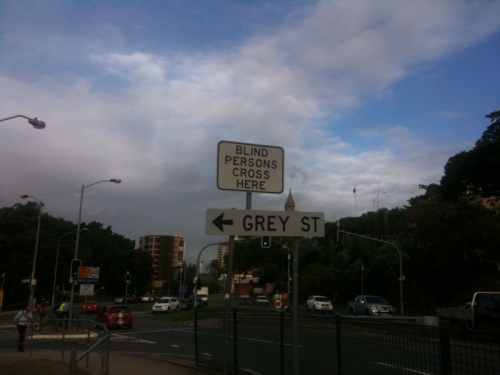My presentation slides and audio from the talk I gave at UX Australia on Design Thinking have been uploaded onto SlideShare.
Top Posts
Categories
- Advertising (2)
- Agile UCD (1)
- Analysis (1)
- Articles (2)
- Australia (2)
- BBC (2)
- Book (1)
- call centres (1)
- Collaborative design (1)
- Communicating design (1)
- Conferences (3)
- Consultancy (1)
- Contextual research (1)
- customer experience (17)
- Design (5)
- Email (2)
- Environmental design (1)
- Good experiences (4)
- IA (7)
- Idle thoughts (4)
- innovation (3)
- Interaction design (9)
- Interface design (7)
- links (1)
- marketing (1)
- Media (1)
- Meld Studios (1)
- My work (4)
- Newspapers (1)
- Personalisation (1)
- Presentation (1)
- Prototyping (2)
- Random (6)
- Recommended books (2)
- Redesigns (6)
- social networks (1)
- Sport (1)
- store design (1)
- Strange (1)
- Technical writing (1)
- Techniques (11)
- Tools (1)
- UCD (23)
- Uncategorized (8)
- Usability (20)
- virgin mobile (3)
- Visioneering (1)
- Web 2.0 (1)
- Words (1)
- Workshop (1)
Pages
Archives
- September 2010
- July 2010
- May 2010
- March 2010
- February 2010
- January 2010
- December 2009
- September 2009
- August 2009
- June 2009
- May 2009
- April 2009
- March 2009
- February 2009
- January 2009
- November 2008
- September 2008
- August 2008
- July 2008
- June 2008
- May 2008
- April 2008
- March 2008
- February 2008
- January 2008
- November 2007
- October 2007
- September 2007
- August 2007
- July 2007
- June 2007
- May 2007
- April 2007
Meta











